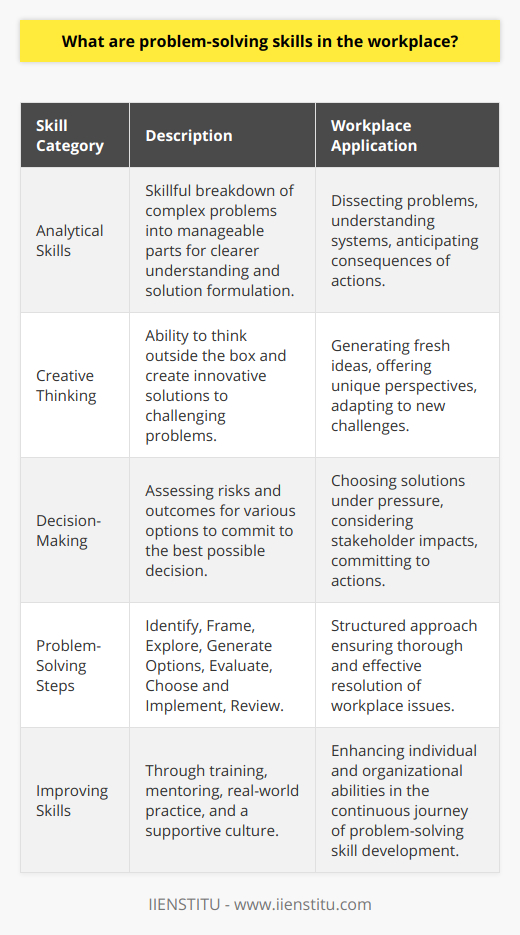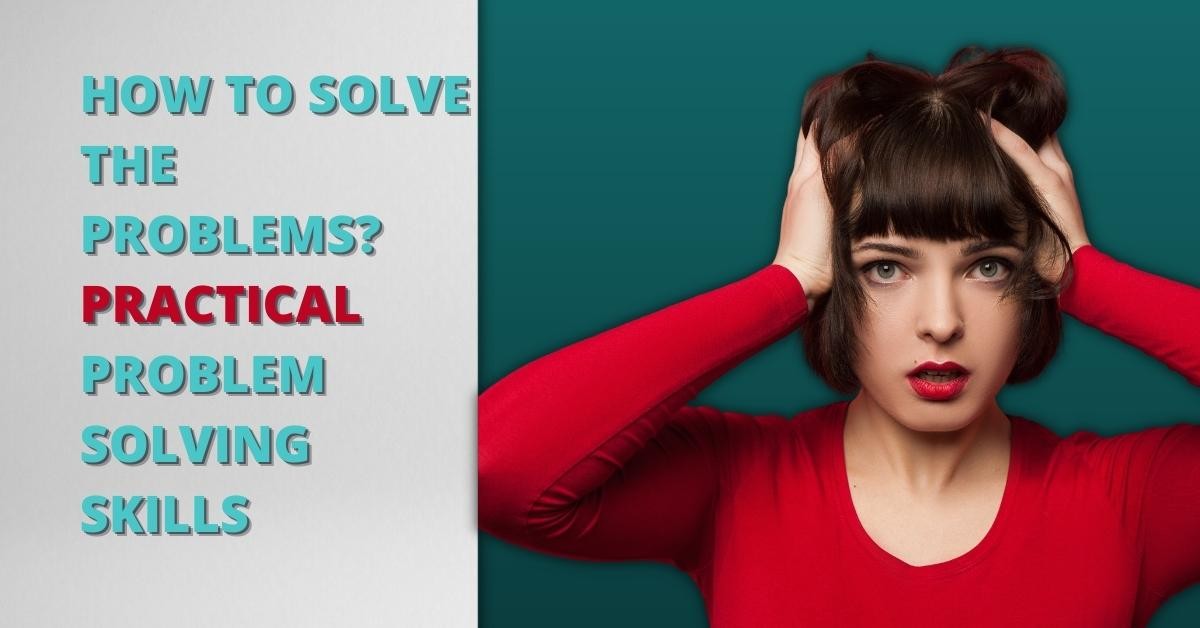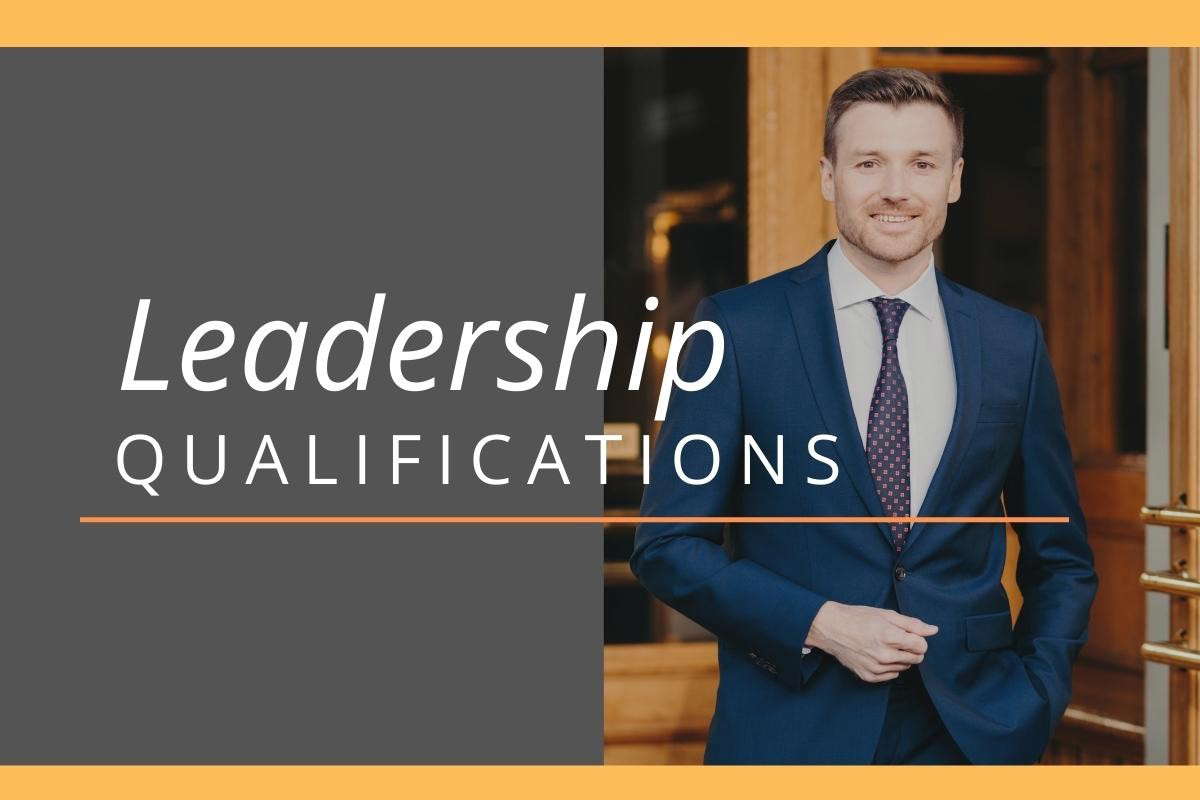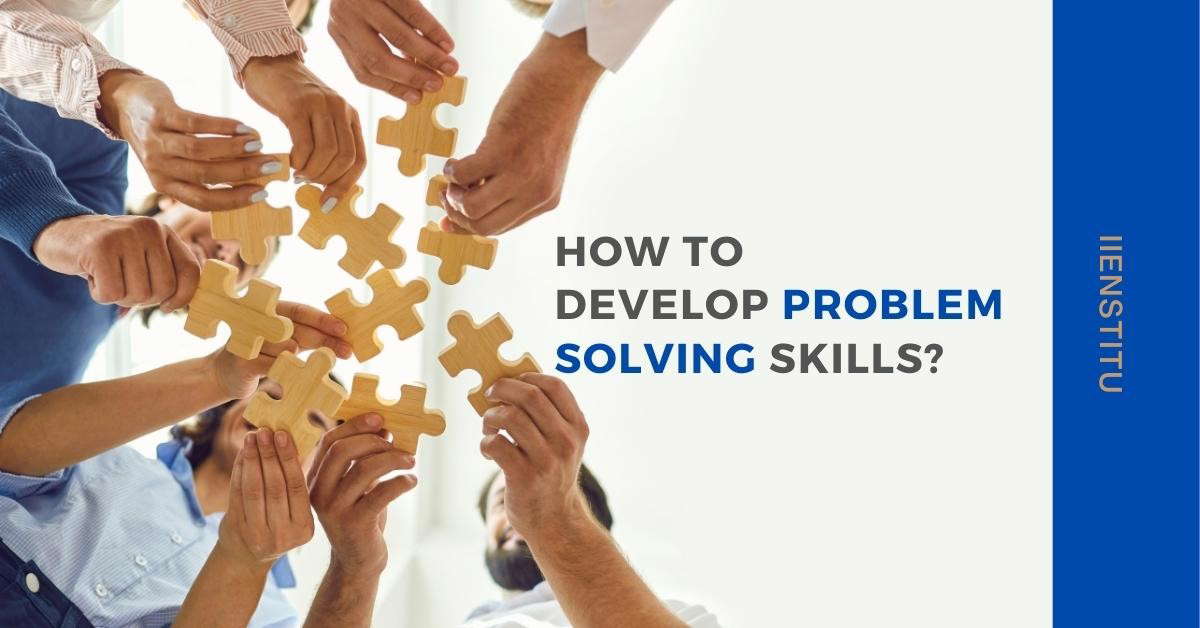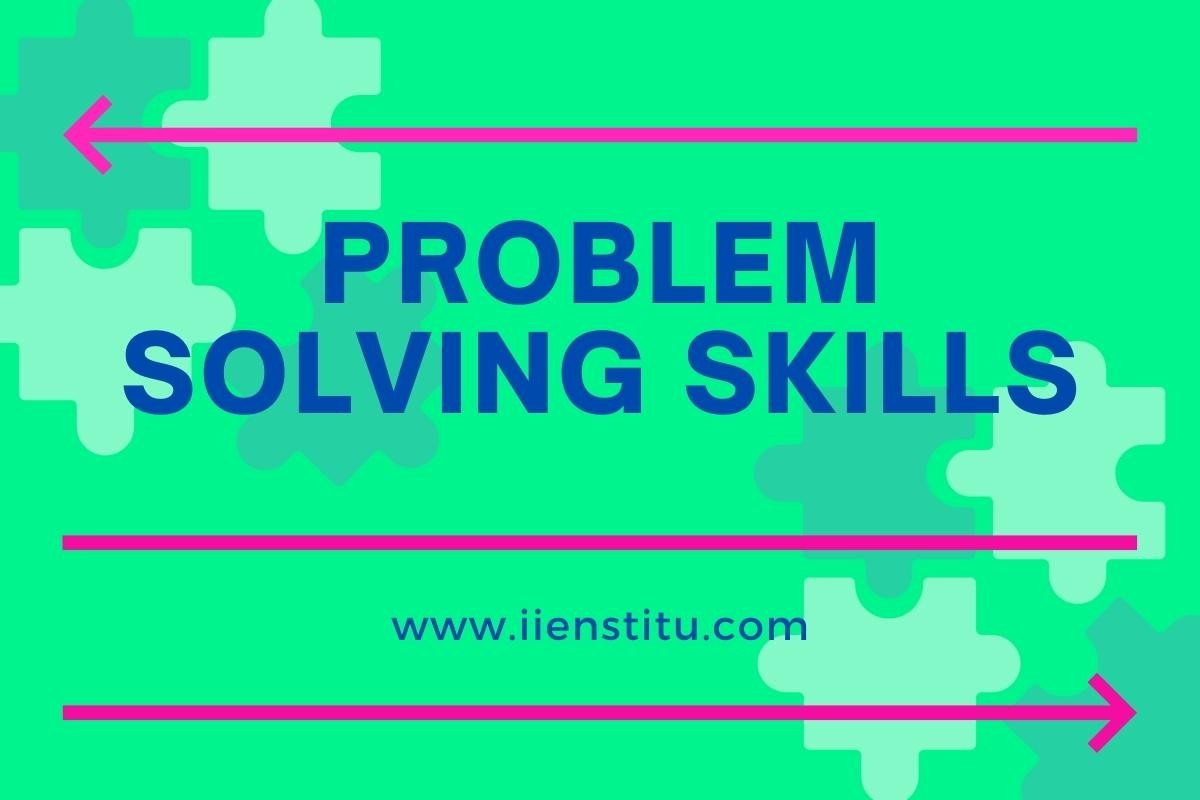
Have you ever found yourself staring at a problem, completely unsure of how to tackle it? I remember when I first started working at a small logistics company. We were constantly running into issues with delayed shipments and mismanaged inventory. It seemed like every day there was a new challenge to overcome. Without effective problem-solving skills, I don't think we would have survived those early days. Learning to think critically and creatively became essential, not just for the business, but for my own personal growth.
The Importance of Problem-Solving Skills in Today's World
In our fast-paced world, problem-solving skills have become more crucial than ever. Whether you're navigating the complexities of the workplace or dealing with personal challenges, the ability to find solutions is invaluable. Many professions demand these skills for success. Doctors diagnose illnesses, engineers design solutions to technical issues, and teachers address diverse learning needs. Without the capacity to solve problems effectively, thriving in these fields would be nearly impossible.
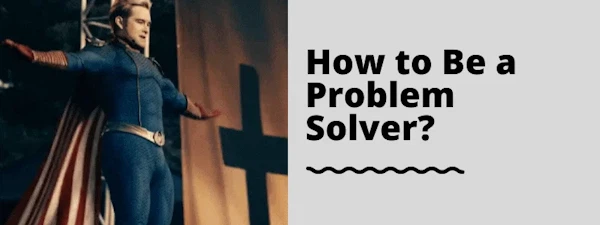
A Personal Journey Towards Better Problem-Solving
I still recall a particularly challenging project I was involved in. Our team was tasked with optimizing the supply chain management process for a major client. We were under tight deadlines, and the stakes were high. Initially, the sheer scope of the project was overwhelming. But by breaking down the problem, collaborating, and thinking outside the box, we developed innovative strategies that not only met but exceeded the client's expectations. That experience cemented my belief in the power of solid problem-solving abilities.
Comprehensive Guide To Effective Decision-making Using Six Sigma
Comprehensive Guide To Process Mapping For Workflow Management
What Exactly Are Problem-Solving Skills?
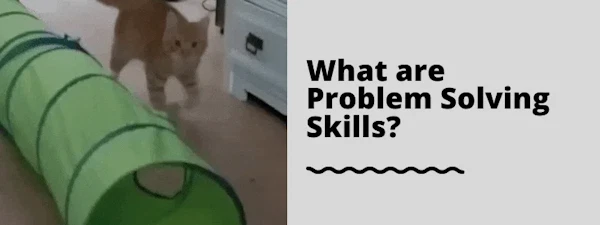
At their core, problem-solving skills involve the ability to handle difficult or unexpected situations and find effective solutions. They encompass a range of other competencies, including critical thinking, creativity, analytical ability, and decision-making.
Critical Thinking: The Foundation of Problem Solving
Critical thinking is about analyzing information objectively and making a reasoned judgment. It involves evaluating sources, such as data, facts, observable phenomena, and research findings. As John Dewey described, it's reflective thinking, considering the rational basis of beliefs or actions.
Critical Chain Project Management: Enhancing Efficiency in Task Execution
Risk Mitigation: An Essential Strategy for Successful Project Management
Creative Thinking: Unlocking New Possibilities
On the other hand, creative thinking is about thinking outside the box. It's the ability to consider something in a new way. Creativity in problem-solving can lead to innovative solutions that might not be immediately obvious. According to Edward de Bono, lateral thinking is a key aspect of creativity, allowing us to restructure our patterns of thought.

How to Be an Effective Problem Solver
Becoming a good problem solver isn't just about having innate talent; it's a skill that can be developed and refined.
Understanding the Situation
First, you need to fully comprehend the issue at hand. This means asking questions, gathering information, and observing. When my team faced delays in our shipments, we didn't just accept it as a given. We dug deeper to understand where the bottlenecks were occurring.
Defining the Objectives
What are you trying to achieve? Clearly defining your goals helps focus your efforts. In our case, our objective was to reduce shipment delays by 20% within three months.
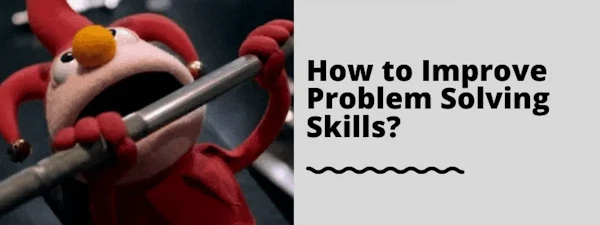
Listing Potential Alternatives
Brainstorming is a powerful tool. Write down all possible solutions, no matter how outlandish they may seem. This is where creativity shines. Perhaps there's a new technology that can streamline a process, or maybe adjusting schedules can alleviate conflicts.
Bullet Point List of Alternative Strategies:
Implementing an advanced tracking system.
Adjusting staffing schedules to cover peak times.
Partnering with different carriers.
Revising inventory management protocols.
Selecting the Appropriate Action
After evaluating your options, choose the most feasible and effective solution. Sometimes, this involves combining several ideas into one comprehensive strategy.
Applying Problem-Solving Skills Beyond the Workplace
But problem-solving isn't just for professional settings. It plays a vital role in our personal lives too.
Navigating Personal Relationships
Consider a disagreement with a significant other. Effective problem-solving can lead to better communication, mutual understanding, and a healthier relationship. Instead of letting emotions take over, approaching the situation with a clear mind can make all the difference.
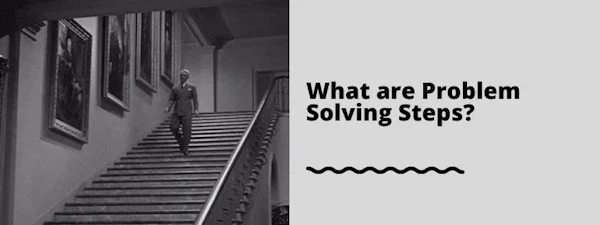
Managing Daily Challenges
From fixing a leaky faucet to planning a vacation under a tight budget, problem-solving skills make everyday tasks more manageable. By systematically approaching these challenges, we can find efficient and satisfying solutions.
Steps to Effective Problem Solving
So, how does one go about solving problems effectively? Here's a structured approach that I've found incredibly helpful:
1- Define the Problem
Clearly understand the issue.
Ask questions like what, why, who, where, and how.
2- Gather Information
Collect data and insights relevant to the problem.
Consult reliable sources and stakeholders.
3- Brainstorm Possible Solutions
Encourage free thinking and list all ideas.
Consider unconventional approaches.
4- Evaluate and Choose a Solution
Weigh the pros and cons of each option.
Consider the resources and time required.
5- Implement the Solution
Develop a step-by-step plan.
Monitor progress and make adjustments as needed.
6- Review the Results
Analyze the outcome.
Reflect on what worked and what didn't for future reference.
Numbered List of the Problem-Solving Steps:
1- Define the problem.
2- Gather information.
3- Brainstorm possible solutions.
4- Evaluate and choose a solution.
5- Implement the solution.
6- Review the results.
Enhancing Your Problem-Solving Skills
Improving problem-solving skills is an ongoing process. Here are some practical tips to help you on this journey.
Practice Makes Perfect
Engage in activities that challenge your thinking. Puzzles, strategy games, and quizzes can sharpen your mind. By practicing problem-solving regularly, you become more adept at thinking critically under pressure.
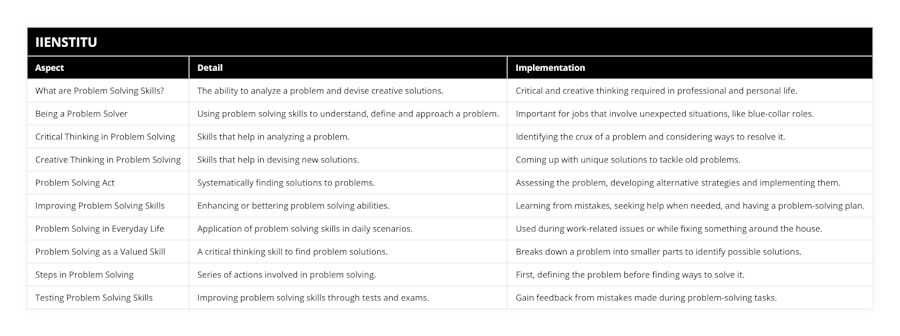
Learn from Mistakes
Don't be afraid of failure. Each mistake is an opportunity to learn. When a solution doesn't work, analyze why and adjust your approach. This iterative process is key to developing robust problem-solving abilities.
Seek Feedback and Collaborate
Sometimes, others can offer insights we might have missed. Don't hesitate to ask for help. Collaborating with others brings diverse perspectives, leading to more comprehensive solutions.
Stay Curious and Informed
A broad knowledge base can provide unexpected solutions. Read widely, stay informed about different fields, and nurture your curiosity. As Albert Einstein famously said, "We cannot solve our problems with the same thinking we used when we created them."
Develop a Positive Mindset
Attitude plays a significant role. Approach problems as opportunities rather than obstacles. A positive mindset fosters resilience and opens up creative avenues.
Long-Tail Keywords for Further Exploration:
Importance of critical thinking and problem solving.
Ways to enhance creative problem-solving abilities.
How to develop effective problem-solving strategies.
Role of problem-solving skills in professional success.
Improving decision-making through problem-solving.
Overcoming barriers to effective problem-solving.
Problem-Solving in Professional Contexts
In the workplace, problem-solving skills can set you apart. Employers value individuals who can navigate challenges efficiently.
Case Study: Optimizing Supply Chain Management
Back to my earlier example, when we were working on optimizing the supply chain, we had to employ a range of problem-solving techniques. We analyzed data trends, identified bottlenecks, and brainstormed optimize supply chain management process tips. Through critical thinking and collaboration, we implemented solutions that improved our delivery times significantly.
Applying Problem-Solving to Different Professions
Healthcare: Diagnosing patients requires analyzing symptoms and medical history.
Education: Teachers must adapt lessons to meet diverse student needs.
Technology: Developers troubleshoot software bugs and improve functionality.
Business: Managers strategize to increase market share and customer satisfaction.
Conclusion
Problem-solving skills are not just a professional asset; they are essential life skills. By cultivating critical and creative thinking, practicing regularly, and maintaining a positive attitude, anyone can become a more effective problem solver. Whether you're facing a complex project at work or navigating personal challenges, these skills empower you to find solutions and achieve your goals.
Let's embrace challenges as opportunities to grow and learn. After all, as the saying goes, "Every problem is a gift—without problems, we would not grow."
References
<a name="reference-1"></a>1. Dewey, J. (1910). How We Think. D.C. Heath & Co.
<a name="reference-2"></a>2. De Bono, E. (1970). Lateral Thinking: Creativity Step by Step. Harper & Row.
<a name="reference-3"></a>3. Einstein, A. (1946). The Real Problem Is in the Hearts of Men. Interview, New York Times.
Frequently Asked Questions
How to be a problem solver?
If you want to be a problem solver you should have understand situation and decide objectively. And of course you should have know problem solving skills.
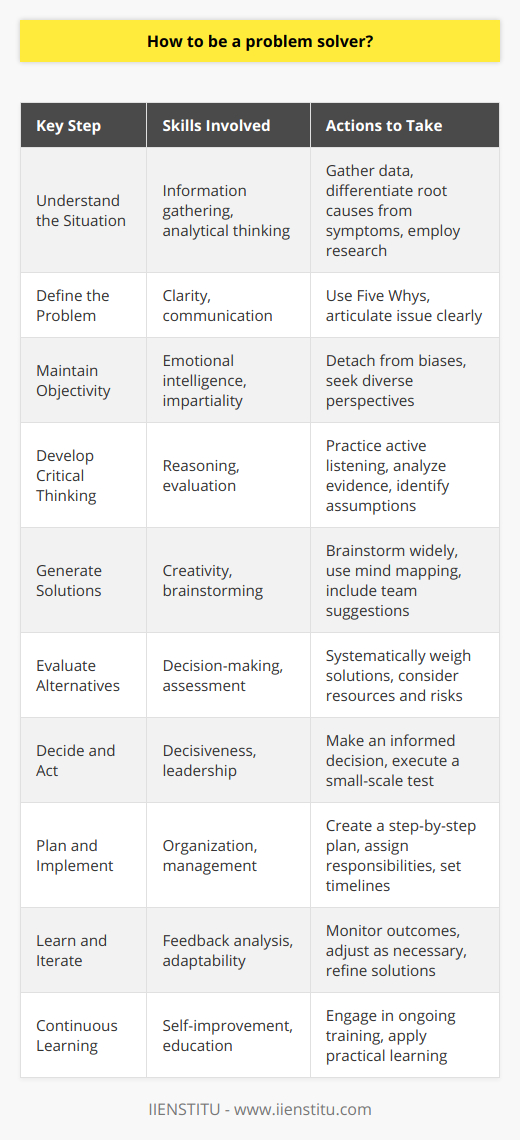
How to solve problems?
You should get close systematically and clarifying exactly what the problems mean.

What are the problem solving steps?
Define the problem, gather information, brainstorm possible solutions, choose a solution, solve the problem.
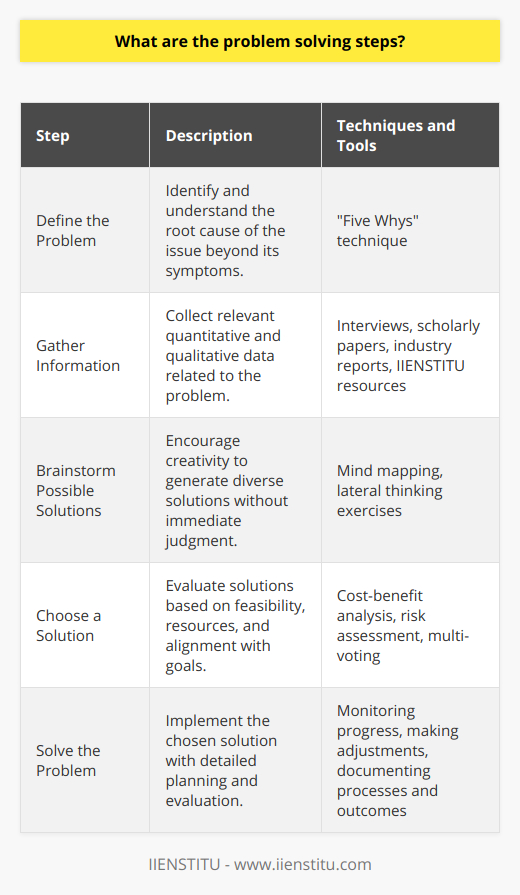
What are examples of skills in problem-solving?
Analytical and Critical Thinking Skills
Problem-solving is a crucial skill required at various stages in life, be it personal or professional. Various skills contribute to effective problem-solving; one of such essential skills is analytical thinking. Analytical thinking involves breaking down complex information into smaller, manageable parts, identifying patterns, and synthesizing information to arrive at a possible solution. This skill allows individuals to approach problems systematically and assess various angles before forming conclusions.
Logical Reasoning Skills
Another essential problem-solving skill is logical reasoning, which entails the ability to draw accurate conclusions based on given information. This skill is critical in identifying relationships between different pieces of information and determining the relevance of each when solving a problem. Logical reasoning helps individuals discern between valid and invalid arguments, facilitating the selection of the most suitable solution.
Creative Thinking Skills
Apart from analytical and logical thinking, creative thinking plays a vital role in problem-solving. Creative thinking enables individuals to think out-of-the-box, allowing for imaginative and innovative solutions. This skill allows individuals to explore multiple solutions from various perspectives, ensuring a more comprehensive approach to problem-solving. It also encourages the use of brainstorming techniques to generate several ideas before deciding on the most effective one.
Decision-making Skills
An essential skill in the problem-solving process is the ability to make informed and timely decisions. Decision-making skills involve evaluating various alternatives and selecting the best course of action based on their potential outcomes. This skill requires critical thinking and the capacity to weigh the pros and cons of different solutions. Effective decision-making also demands the ability to prioritize and manage time efficiently to ensure swift problem resolution.
Collaborative Skills
Finally, problem-solving often requires collaboration with others, making collaborative skills vital for successful problem resolution. Collaborative skills involve active listening, effective communication, and cooperation among team members. These skills enable individuals to work harmoniously with others, contribute their expertise to solve problems, and achieve the best possible outcomes. Collaborative skills foster a supportive working environment, promoting shared understanding and commitment to solving problems.
In summary, problem-solving skills encompass analytical and critical thinking, logical reasoning, creative thinking, decision-making, and collaboration. These skills enable individuals to tackle challenges and devise effective solutions, ultimately enhancing their personal and professional lives. Developing and honing these skills can lead to increased success in various aspects of life, making them essential for everyone.
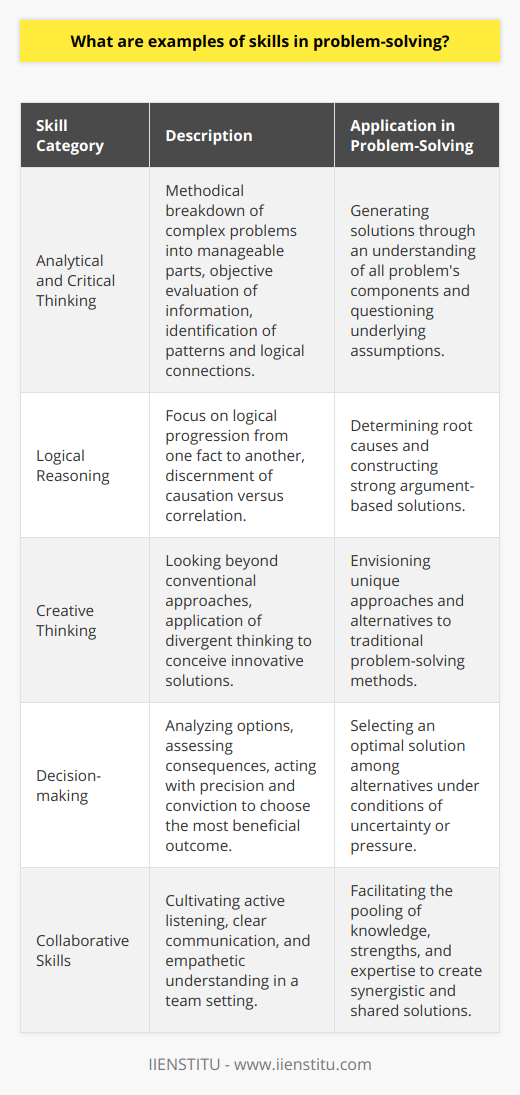
What are the 4 problem-solving skills?
Analytical Ability
The first problem-solving skill is the analytical ability, which refers to the capacity to examine a situation or issue carefully and methodically. This involves breaking down complex problems into smaller, more manageable components and identifying their root causes. This skill enables an individual to assess the problem from different perspectives and to identify potential solutions.
Creative Thinking
The second problem-solving skill is creative thinking, which involves generating innovative and original ideas to address problems or challenges. This often relies on the use of brainstorming, lateral thinking, and open-mindedness. A person with strong creative thinking skills can approach a problem from various angles and develop unique solutions that may not be immediately apparent to others.
Critical Thinking
The third essential problem-solving skill is critical thinking, which is the ability to evaluate information and arguments objectively and logically. This skill helps individuals to assess the reliability and validity of information, to identify any biases or inconsistencies in arguments, and to construct well-reasoned and evidence-based conclusions. Critical thinking is crucial in problem-solving, as it enables individuals to effectively analyze their options and make informed decisions.
Decision-Making
The fourth problem-solving skill is decision-making, which entails confidently selecting the best course of action among several alternatives. This skill requires individuals to balance competing priorities, to weigh the pros and cons of different options, and to take responsibility for the consequences of their choices. Effective decision-making involves the ability to be decisive and commit to a course of action while remaining adaptable and flexible in the face of changing circumstances.
In conclusion, effective problem-solving depends on a combination of four key skills: analytical ability, creative thinking, critical thinking, and decision-making. By honing and integrating these skills, individuals can develop a strong foundation for navigating complex challenges and generating effective solutions in both their personal and professional lives.
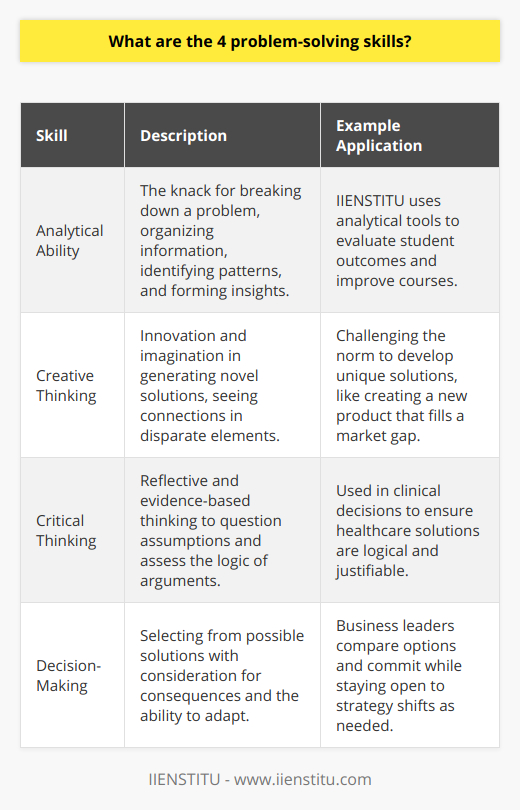
What are problem-solving skills in the workplace?
Problem-Solving Skills Defined
Problem-solving skills in the workplace refer to the ability of employees to analyze, address, and resolve various issues that may arise during the course of their professional duties. These skills are vital as they enable individuals to identify the root cause of a problem, generate possible solutions, and implement the most effective course of action. In turn, this contributes to more efficient and effective workplace operations.
Types of Problem-Solving Skills
There are several types of problem-solving skills that employees can possess and apply in the workplace. Critical thinking skills refer to the ability to analyze and evaluate information, objectively considering various perspectives and ensuring unbiased decision-making. Creative thinking skills involve the capacity to look at problems differently and come up with innovative solutions. Lastly, decision-making skills are crucial for making informed choices among available solutions to properly address a problem.
Problem-Solving Process
The problem-solving process typically follows a series of steps. Employees must first identify the issue and define its scope, which ensures that they have a clear understanding of what needs to be addressed. Next, they analyze the problem by gathering relevant information and identifying all possible solutions. Afterward, they evaluate each potential solution to determine its feasibility, effectiveness, and potential consequences. Finally, employees implement the chosen solution and assess whether it has effectively resolved the issue at hand.
Benefits of Problem-Solving Skills
Possessing strong problem-solving skills can greatly benefit employees in the workplace. By identifying, addressing, and resolving issues promptly, individuals can maintain productivity and focus on their goals. These skills also foster effective communication among team members, as employees work together to find solutions to problems that affect their work environment. Furthermore, workers with great problem-solving abilities are often seen as valuable assets to their employers, enhancing their professional growth and career prospects.
Improving Problem-Solving Skills
Employers can help their employees develop their problem-solving skills by providing them with the necessary training and resources. This may include workshops, access to mentors, or opportunities for hands-on experience. Additionally, promoting a collaborative work environment that encourages open communication and teamwork can be helpful in refining these skills. Lastly, encouraging employees to continuously challenge themselves and embrace new learning experiences can also contribute to the development of stronger problem-solving abilities.
In conclusion, problem-solving skills in the workplace are essential for addressing various challenges and ensuring optimal workplace performance. These skills encompass critical thinking, creativity, and decision-making, and benefit not only individual employees but also the organization as a whole. Providing the necessary training and fostering a collaborative work environment can significantly enhance the development of these crucial skills.
